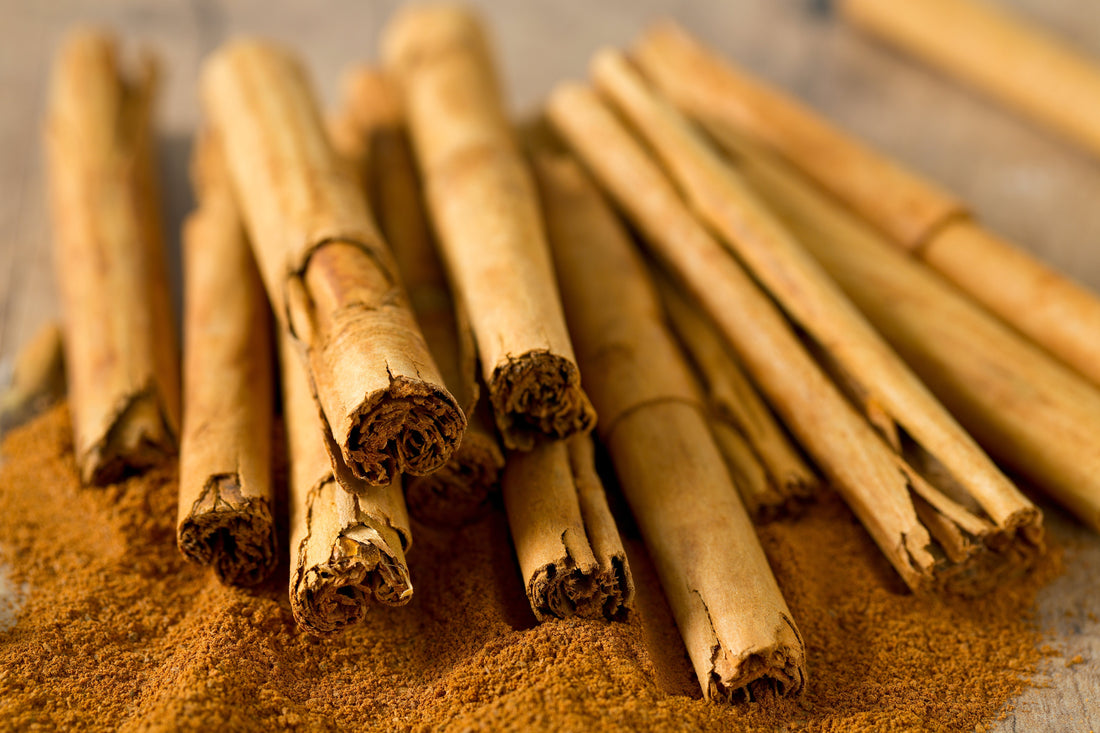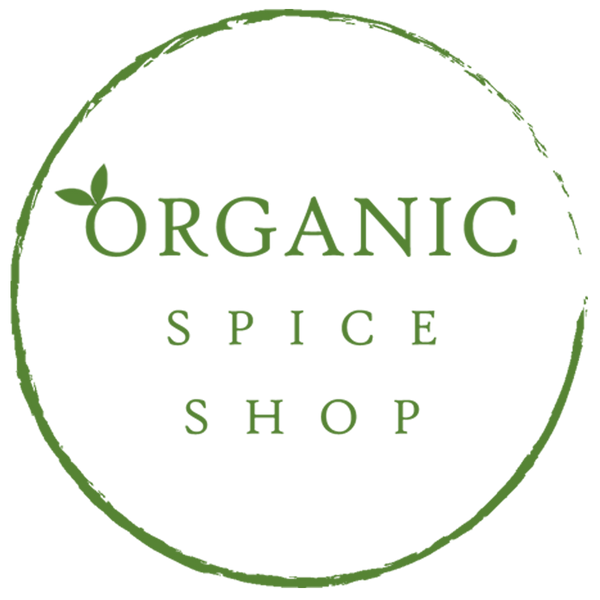
How to Identify Authentic Ceylon Cinnamon: A Buyer’s Guide
Cinnamon is one of the world’s most popular spices, sprinkled on oatmeal, stirred into coffee, or simmered in curries. But not all cinnamon is created equal. In fact, what most people buy at the supermarket isn’t true cinnamon at all. It’s cassia, a cheaper, harsher cousin.
For those who want the real deal, Ceylon cinnamon (often called “true cinnamon”) it’s important to know how to spot authenticity. Whether you’re buying Ceylon cinnamon sticks, Ceylon cinnamon powder, or other organic spices, this guide will help you become a confident buyer.
Why the difference matters
Ceylon cinnamon comes primarily from Sri Lanka and has been prized for centuries for its delicate flavor and health benefits. Cassia, on the other hand, is widely grown in China, Indonesia, and Vietnam.
Here’s why authenticity matters:
- Flavor: Ceylon cinnamon is sweet, light, and citrusy, while cassia is stronger and more pungent.
- Health: Cassia contains high levels of coumarin, a compound that can harm the liver in large doses. Ceylon cinnamon contains only trace amounts, making it safer for regular use.
- Value: True Ceylon cinnamon is rarer and typically more expensive—but worth it for both taste and quality.
How to Identify Authentic Ceylon Cinnamon Sticks
Cinnamon sticks (also called quills) are one of the easiest ways to tell Ceylon from cassia. Look closely, and the differences are clear:
Texture and Layers
Ceylon: Paper-thin layers rolled like a cigar, delicate and crumbly.
Cassia: Thick, hard bark that curls inward like a scroll, tough to break.
Color
Ceylon: Light tan or golden brown.
Cassia: Dark reddish-brown.
Aroma
Ceylon: Sweet, subtle, with hints of citrus.
Cassia: Strong, sharp, and spicy.
Taste
Ceylon: Mildly sweet and fragrant, not overpowering.
Cassia: More bitter, with a strong bite.
Tip: If you can easily break the stick with your fingers, it’s likely Ceylon. If it feels rock-hard, it’s probably cassia.
How to Spot Authentic Ceylon Cinnamon Powder
Cinnamon powder can be trickier because you can’t see the layers. But there are still clues:
- Color: Ceylon cinnamon powder is light brown with a fine, soft texture. Cassia is darker and coarser.
- Taste: A small pinch of Ceylon will have a mild, sweet flavor. Cassia tastes hotter and slightly bitter.
- Smell: Ceylon has a gentle fragrance, while cassia smells stronger and more pungent.
Since powder is easy to mislabel, always buy from trusted suppliers who clearly state the origin (Sri Lanka) and ideally offer organic certification.
Why Choose Ceylon Cinnamon?
Aside from authenticity, here are reasons to make the switch:
-
Daily Safety: Lower coumarin levels mean you can safely enjoy it in tea, coffee, or cooking.
-
Culinary Elegance: Its mild flavor enhances dishes without overpowering them.
-
Wellness Benefits: Rich in antioxidants and polyphenols, supporting health and balance.
-
Cultural Heritage: Buying authentic Ceylon cinnamon helps preserve centuries-old spice traditions in Sri Lanka.
Tips for Buyers
-
Buy Whole Sticks When Possible
Easier to identify and less likely to be adulterated than powder. -
Trust Reputable Sellers
Specialty spice shops, organic stores, and brands that specify Ceylon cinnamon are more reliable. -
Ask Questions
Don’t be shy about asking for the origin and variety when buying. -
Store Properly
Keep Ceylon cinnamon sticks and powder in airtight containers away from light and heat to preserve freshness.
Cinnamon may be a common spice, but true Ceylon cinnamon is anything but ordinary. From its delicate layers and golden color to its sweet aroma, it brings unmatched flavor and safety to your kitchen.
By learning how to spot authentic Ceylon cinnamon sticks and Ceylon cinnamon powder, you ensure that every sprinkle or simmer not only elevates your food but also supports your health and the farmers who cultivate this treasured spice.
Next time you shop for spices, look beyond the label “cinnamon.” With the right knowledge, you’ll bring home the real thing and taste the difference with every dish.
